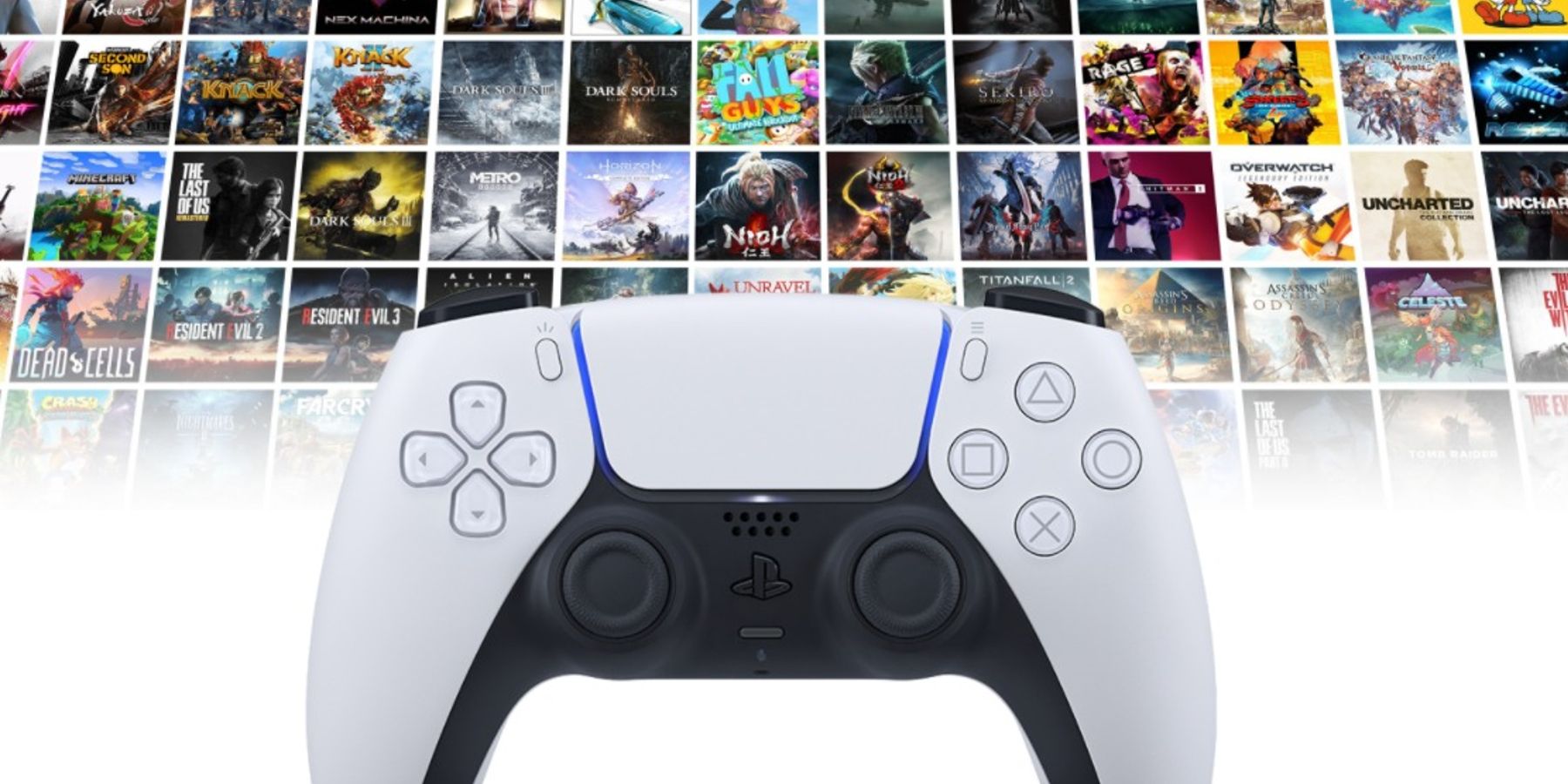Over the years, PlayStation has evolved from a would-be accessory to Nintendo's SNES to a full-blown system that started a series that would go on to redefine gaming. Throughout the years, its controllers have evolved to reflect the technology, ideas, and priorities of the time but always remain faithful to some of the concepts that were part of the design plan during its inception.
Throughout the years, there have been five generations of mainline PlayStation consoles, each with a distinct controller. Although there have been some revisions in between with different color schemes and a couple of variations, the Sony-made controllers have mostly remained the same. As such, they are as iconic as the consoles themselves.
DualShock
The original PlayStation came out in Japan on December 3, 1994, and the DualShock debuted along with it. In this original design, players could see the familiar button layout from the NES, but replacing the A, B, X, and Y buttons with Square, Triangle, Circle, and Cross. Sony considered these to be more intuitive and felt that they better represented what they meant in games: saying yes (circle), no (cross), opening a map or menu (square), and a new point of view (triangle).
A later revision of the DualShock featured a single motor to add rumble features and make the controller vibrate in specific parts of some games. Also, it eventually added two analog sticks that very few games took advantage of - with the notable exception of Ape Escape, famous for featuring an incredibly modern control scheme. These could be turned on and off with the "analog" button below select and start. This controller started a dynasty, and for that it's rightly remembered and beloved by PlayStation fans.
DualShock 2
The PlayStation 2 came out in Japan on March 4th of 2000 and would go on to become the best-selling video game console of all time. As such, its default controller, the DualShock 2, has become one of the most iconic in history. It is very similar to the original DualShock, but lighter and more precise. This time around, the base model had the two analog sticks, which saw plenty of use, and is still core to videogame design today.
Another impressive addition to the Dualshock 2 was the use of haptic feedback to measure how hard or not the player was hitting any given button. This feature was applied to every button except L3 and R3 and had 256 degrees of detection. It was prominently used, for example, in the Metal Gear Solid games in which a slight square push would make Snake aim, but a full push would shoot. It wasn't a great improvement over the final iterations of the original DualShock, but developers got way more out of the analog sticks and other features in this generation.
Sixaxis / DualShock 3
When the original PlayStation 3 came out on November 11th of 2006, its controller was called the Sixaxis. This device had similar functions to the DualShock 2 with two analogs, the familiar layout, and such, but was also wireless and could be recharged by plugging it with a USB cable into the PS3. The name referred to its motion detection features that allowed games like Uncharted to feature Nate balancing on narrow walkways by tilting it sideways. Still, it was heavily criticized for removing features such as haptic feedback and rumble.
Another key change was the "PlayStation" button featured in the center, which could be used to go to the console's OS. From here, players could configure and set up things, choose which digital games to play, download or delete them, or access the PlayStation Store.
The DualShock 3 debuted on November 11th, 2007, and became the de facto controller for the PlayStation 3 from then on. It once again preserved the proportions and layout of the original controllers, but added back the missing key functions and features from older controllers such as rumble and haptic feedback. As such, it served as the logical synthesis between the old and the new.
DualShock 4
November 15th, 2013, marked the release of the PS4, which for the first time came out in the Americas first instead of Japan. The new system in the PlayStation family featured a huge revision on the controller side of things, and while the DualShock 4 looked familiar, it was also very different. For starters, there were morphological changes to make it bigger and sturdier, more in line with what some players praised about Xbox controllers. There were also many technical improvements such as battery life, recharge speed, and changing the mini-USB port to Micro-USB on the back, to plug it into the console. Of course, it had the best battery life yet.
The most dramatic change was the full removal of the Select and Start buttons, which were replaced with a trackpad not unlike a laptop's. The pad could also be pressed on the two ends as separate buttons to open maps or menus, while the PS button was moved further down, right below an actual speaker in the controller used for in-game sound. The start button was now called "options" and became a tiny knob on the right, while select was completely reworked as a "share" button players could use to take screenshots, record gameplay, or stream online without a computer. The DualShock 4 seemed absolutely perfect and impossible to improve on at the time.
The motion control features were greatly reworked, and besides the native movement, players could use the PS Camera to detect the new lightbar on the back for some more refined motion movement in PS4 games. Besides these featues, players could plug their headsets straight to a jack in the bottom of the DS4 instead of having to deal with dongles, as had been the case with the PS3. This would mark the last time gamers would see the DualShock branding on a Sony console.
DualSense
Sony's most recent console, the PlayStation 5, features a spiritual successor of the DualShock 4 for a new generation of gaming. As it became a tradition at this point, the DualSense carried over all of the DS4's features, but changed its presentation to a sleeker design, in tune with the PlayStation 5's new look. The trackpad, motion controls, share button and speaker all remain, but there is also an embedded microphone so players can talk without needing a headset at all, and mute the mic with a button right under the PS button. The jack to recharge it is now a USB-C port.
The biggest changes this generation, though, are adaptive triggers and haptic feedback. Now, besides adding force touch to each button, the controller itself can offer clear resistance in the triggers for further immersion. This can be felt with pulling a string from a bow, for example. Vibration to simulate the recoil from a gun or different textures on floors can also help make games more immersive for PlayStation fans.
MORE: Horizon Forbidden West Could Set the Tone for PlayStation Exclusives in 2022

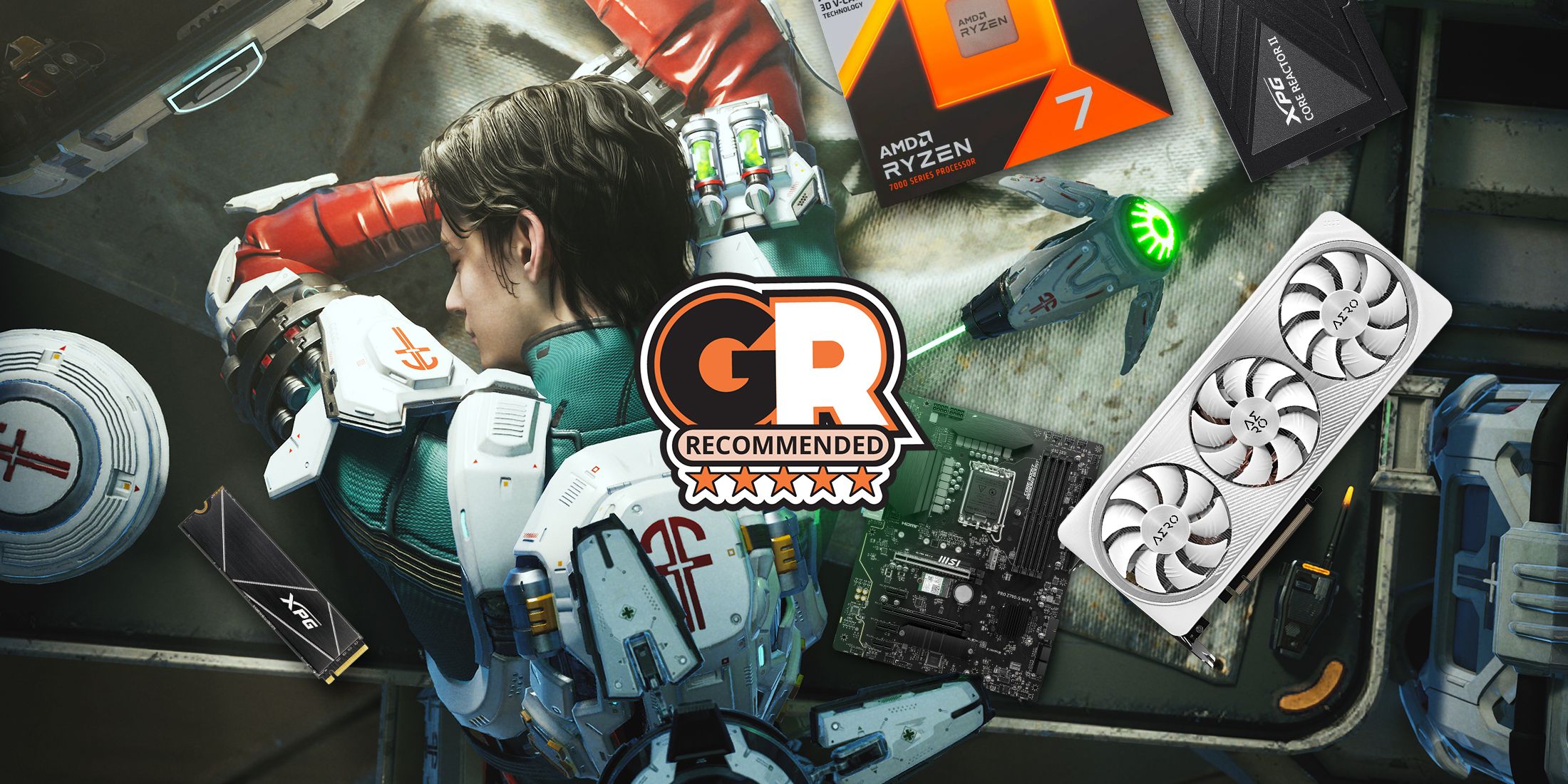
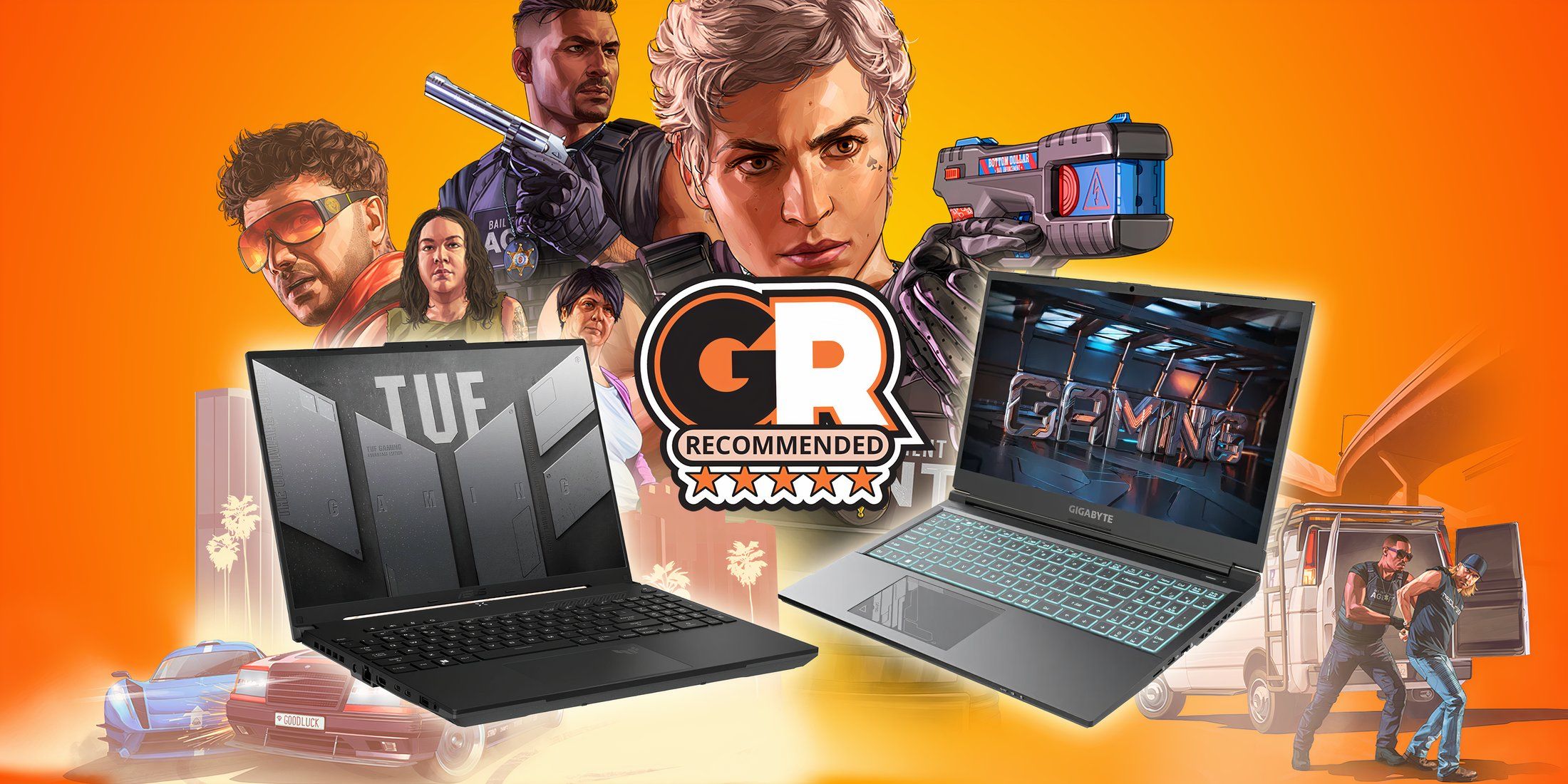
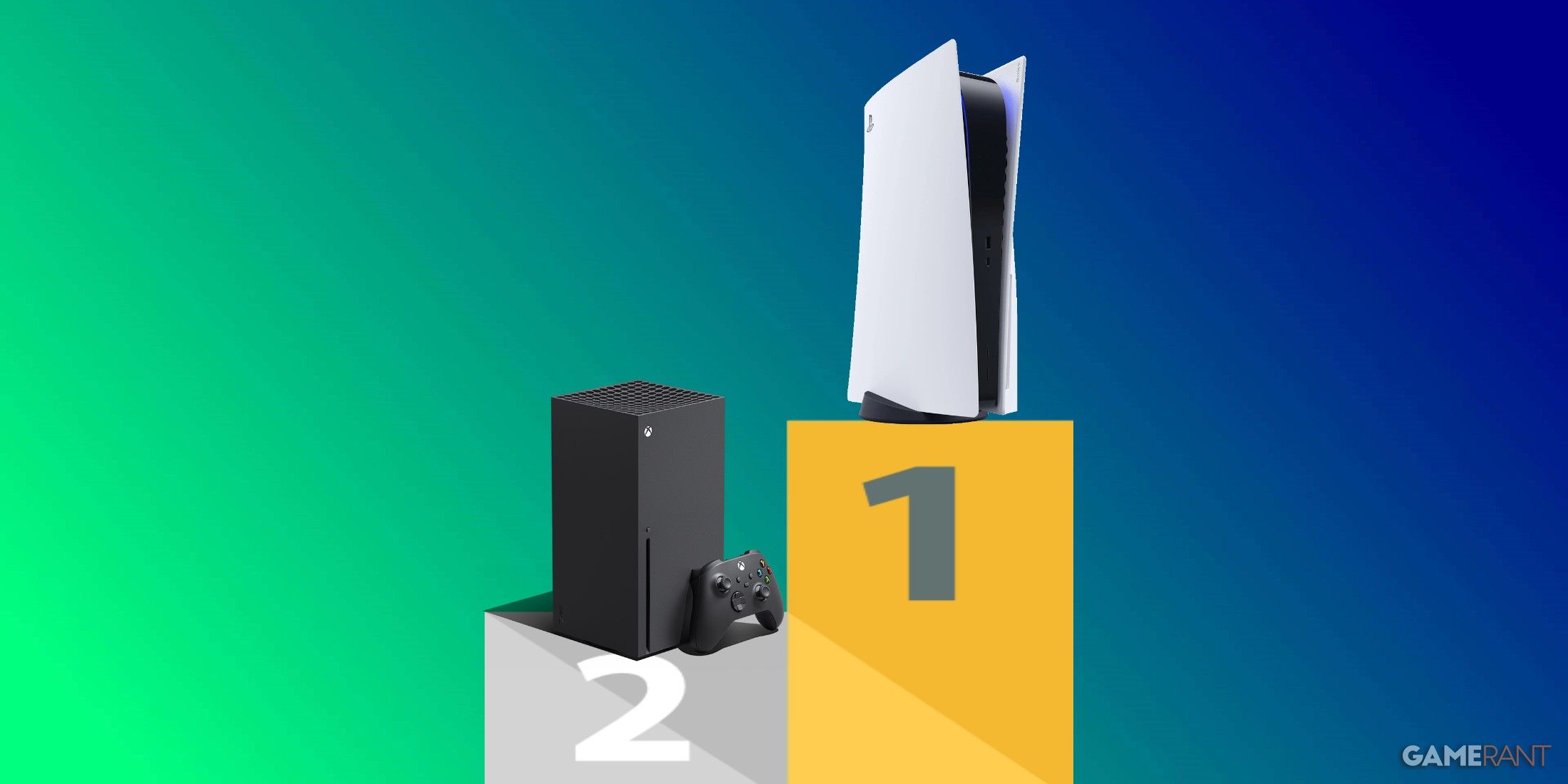
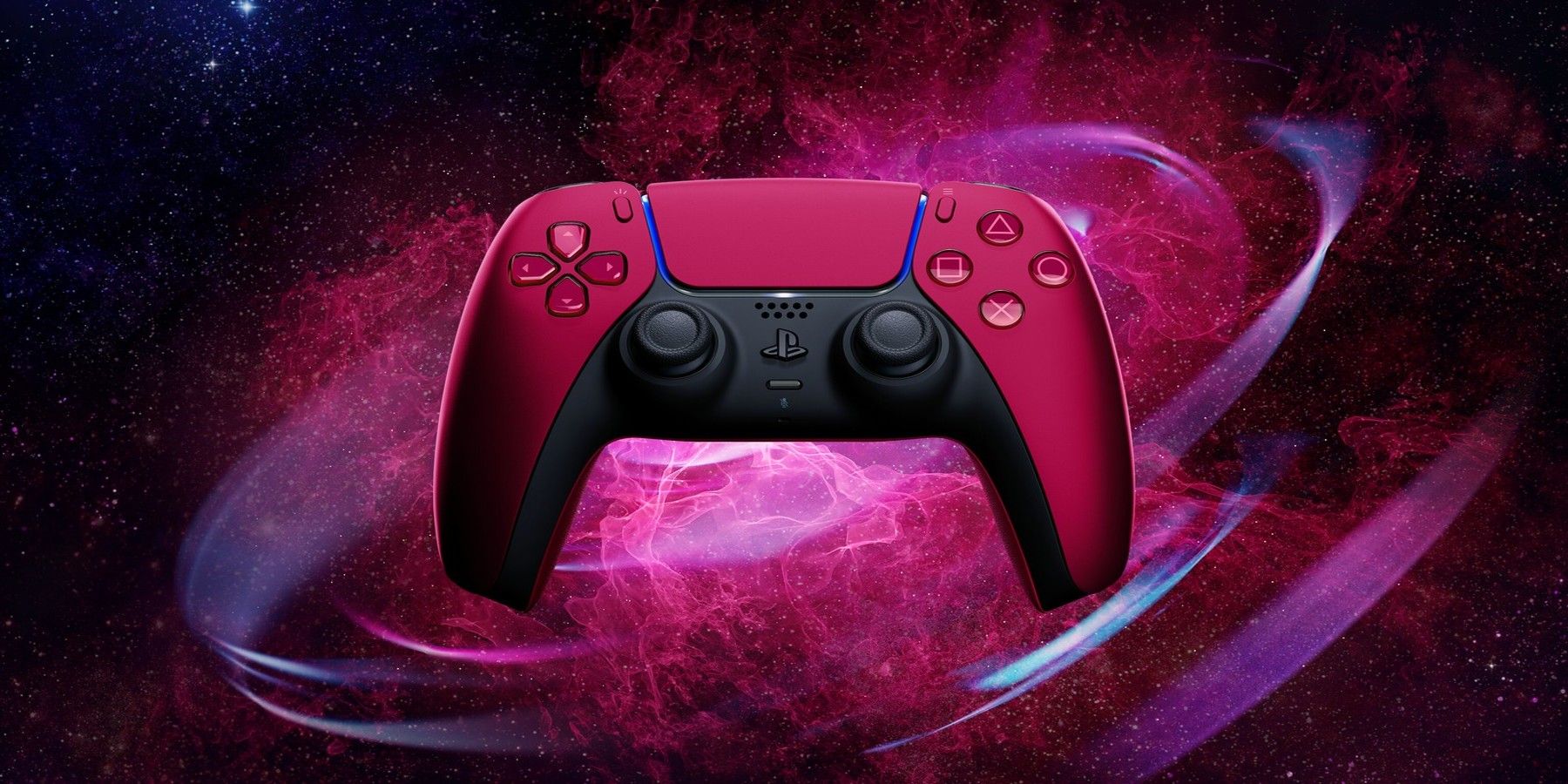
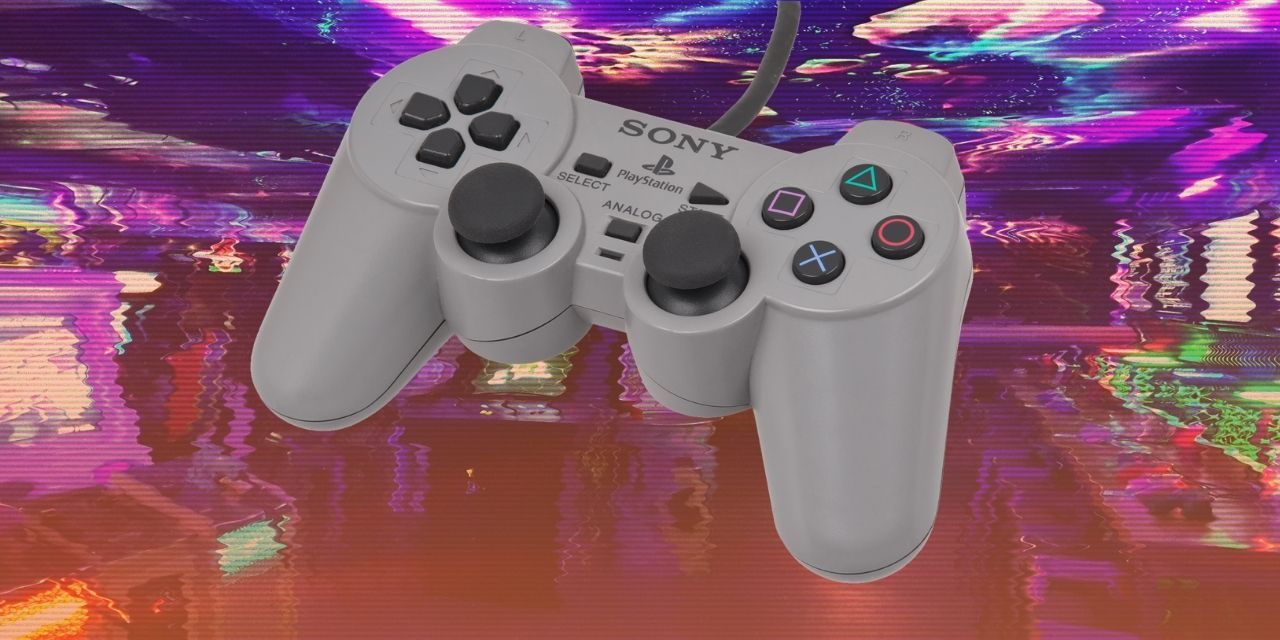
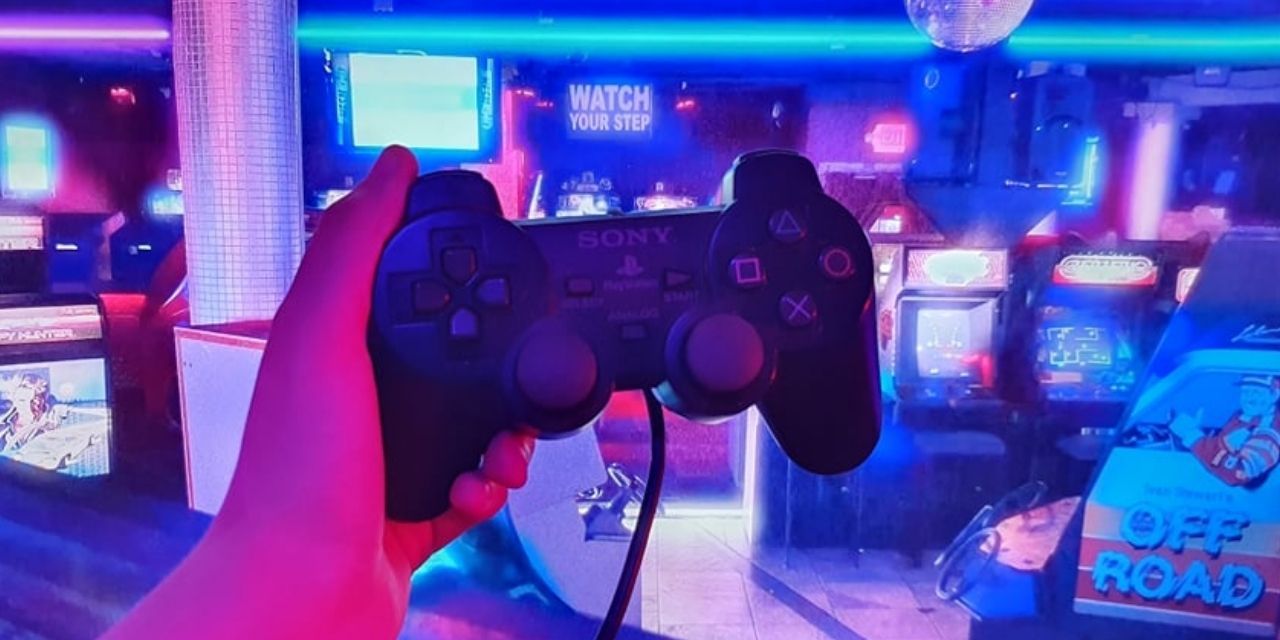
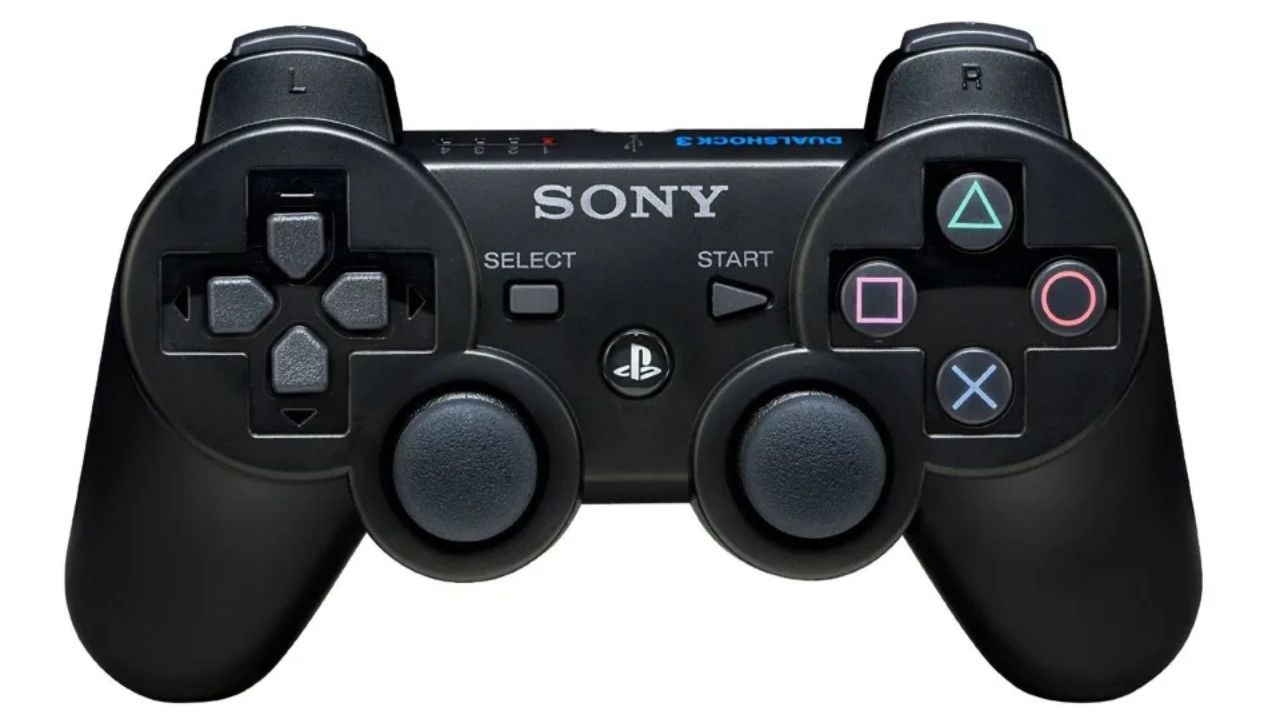
.jpg)
